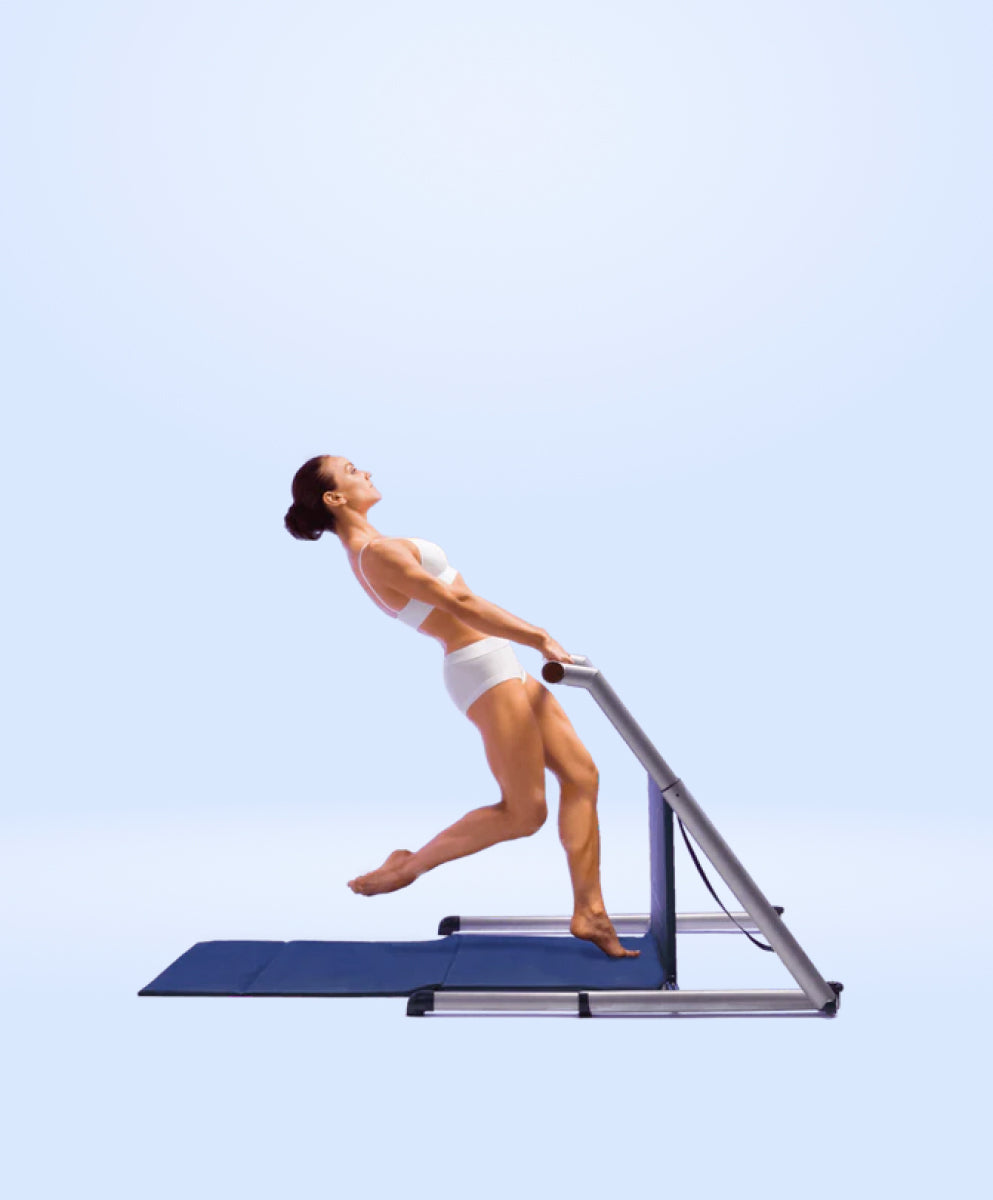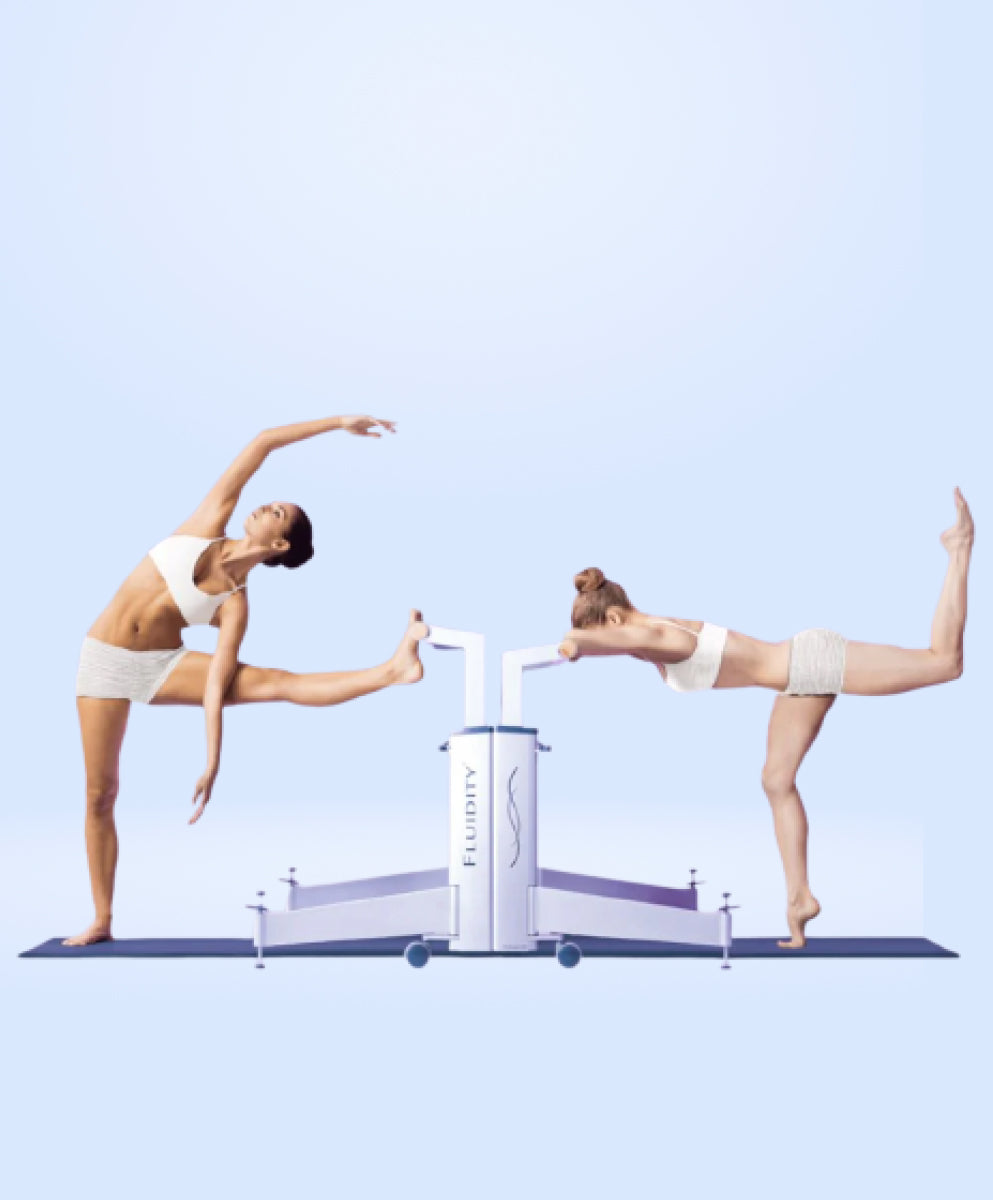Why Standing Outperforms Quadruped with Fluidity Rx
Fluidity Rx elevates functional movement by promoting upright, bipedal exercises, outshining quadruped positions (e.g., hands and knees) used in some programs. Standing in a neutral pelvis position enhances spine and pelvic stability, integrating the pelvic floor for everyday functionality.
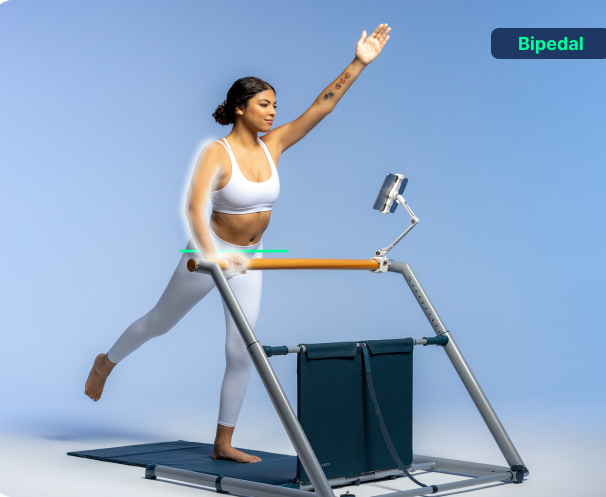
As Illustrated, Fluidity Rx Stability Devices supports a neutral pelvis—unachievable with a chair or standing alone.

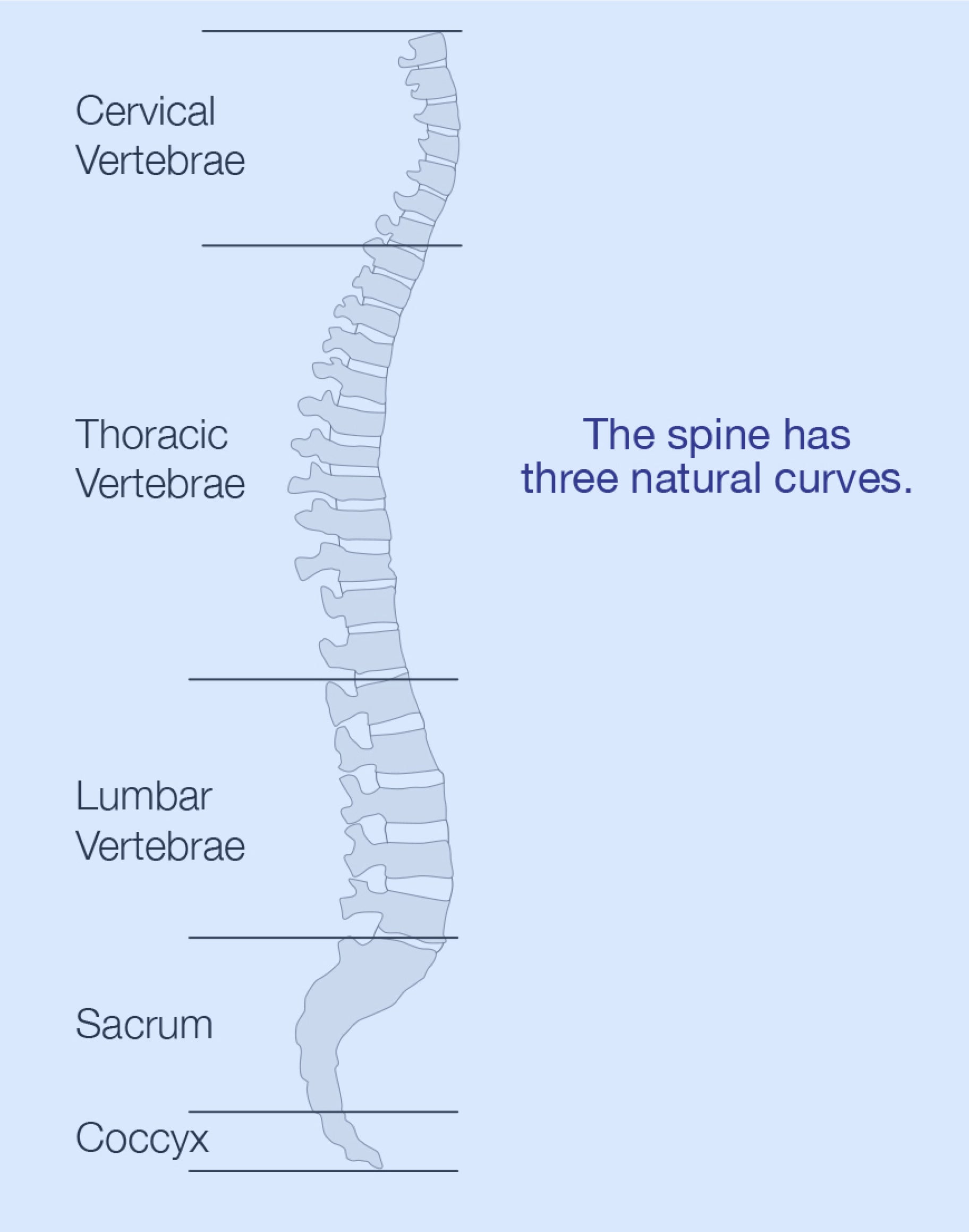
Fluidity Rx Enables a Healthy Spine
A healthy spine naturally aligns with three curves when in an involuntary neutral posture, reflecting its optimal state without forced holding.
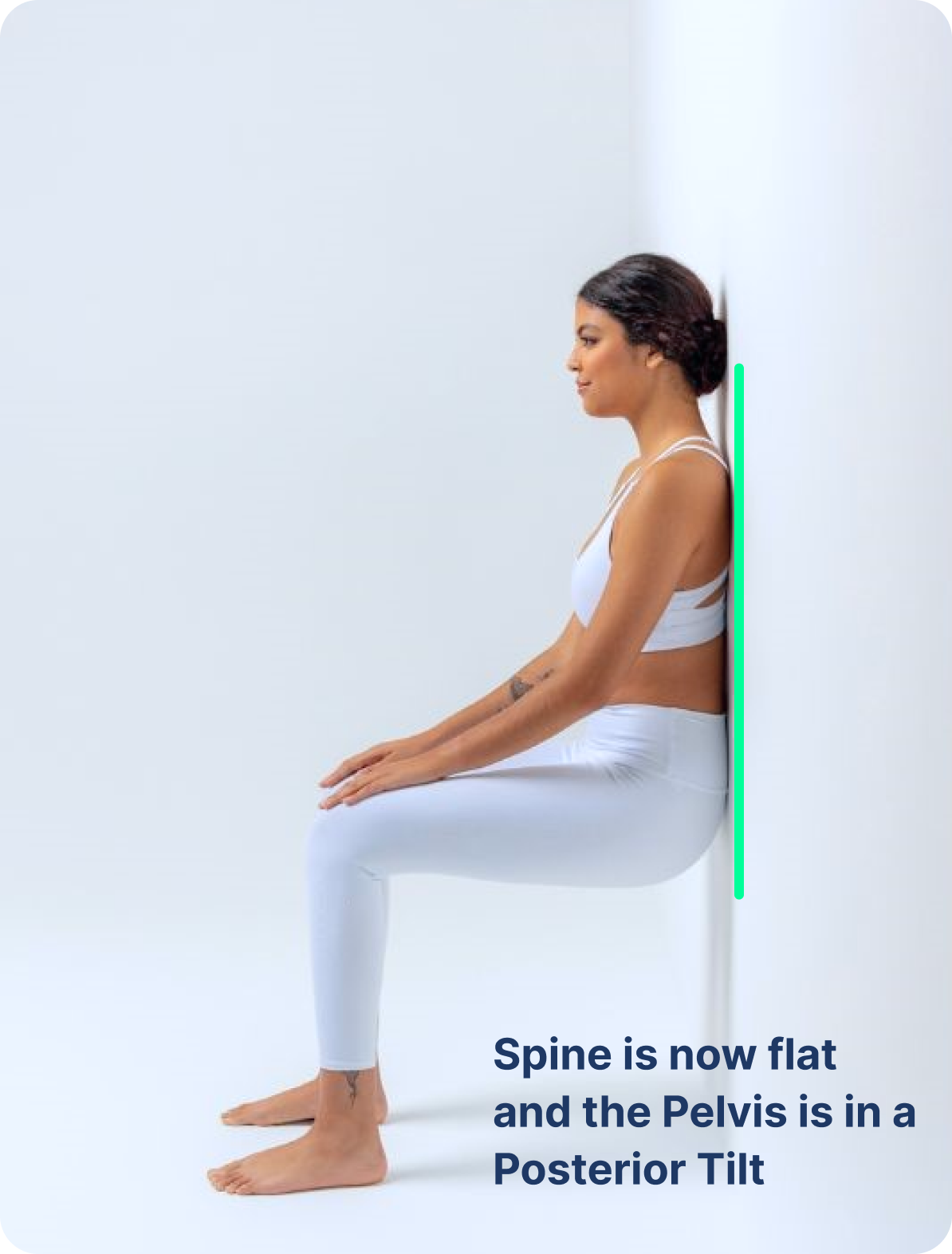
Wall squats can cause misalignment and dysfunction, disrupting natural spinal curves.
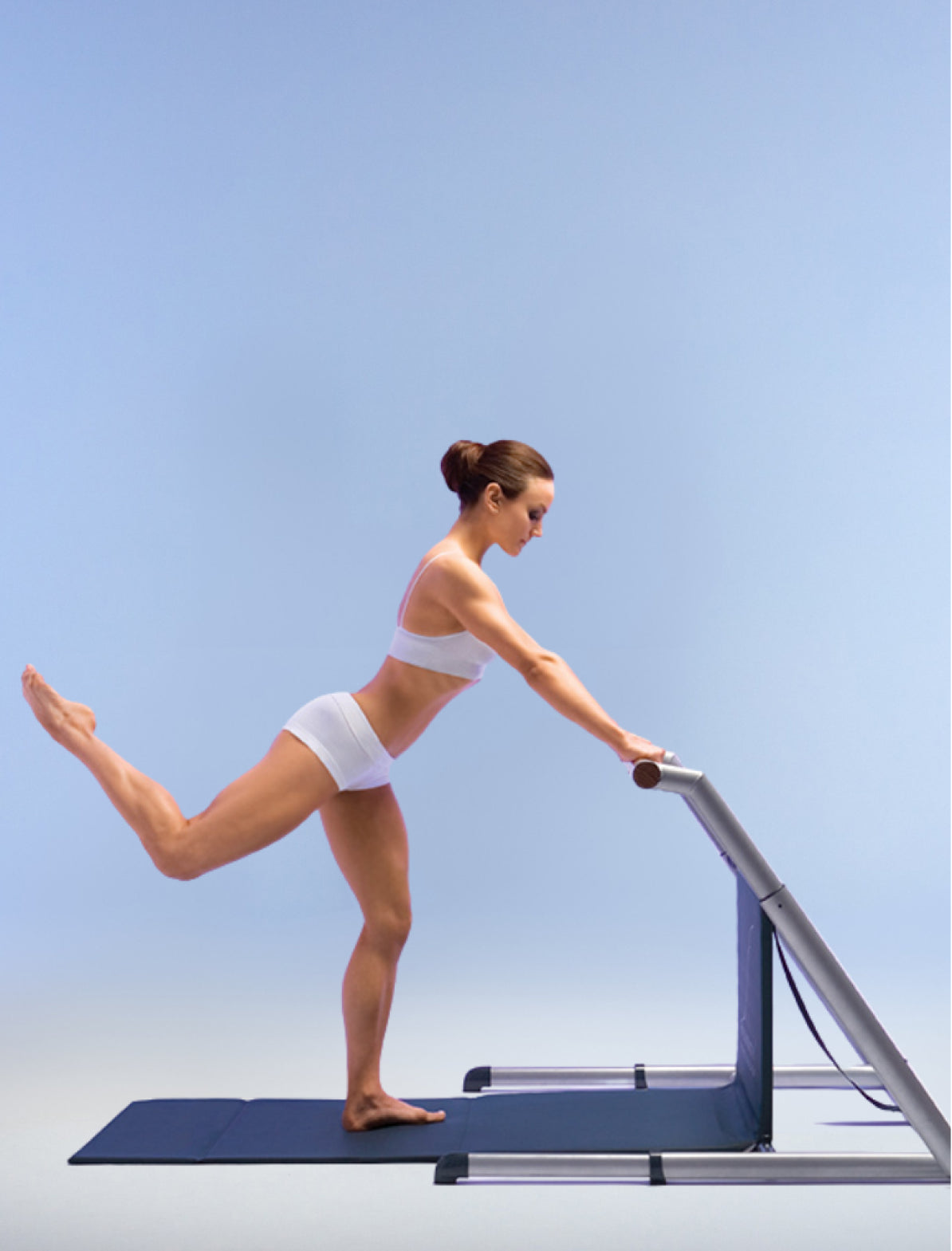
Fluidity Rx strengthens into a neutral alignment at your ideal height, fostering a three-curved spine and a more functional inner unit and pelvic floor.
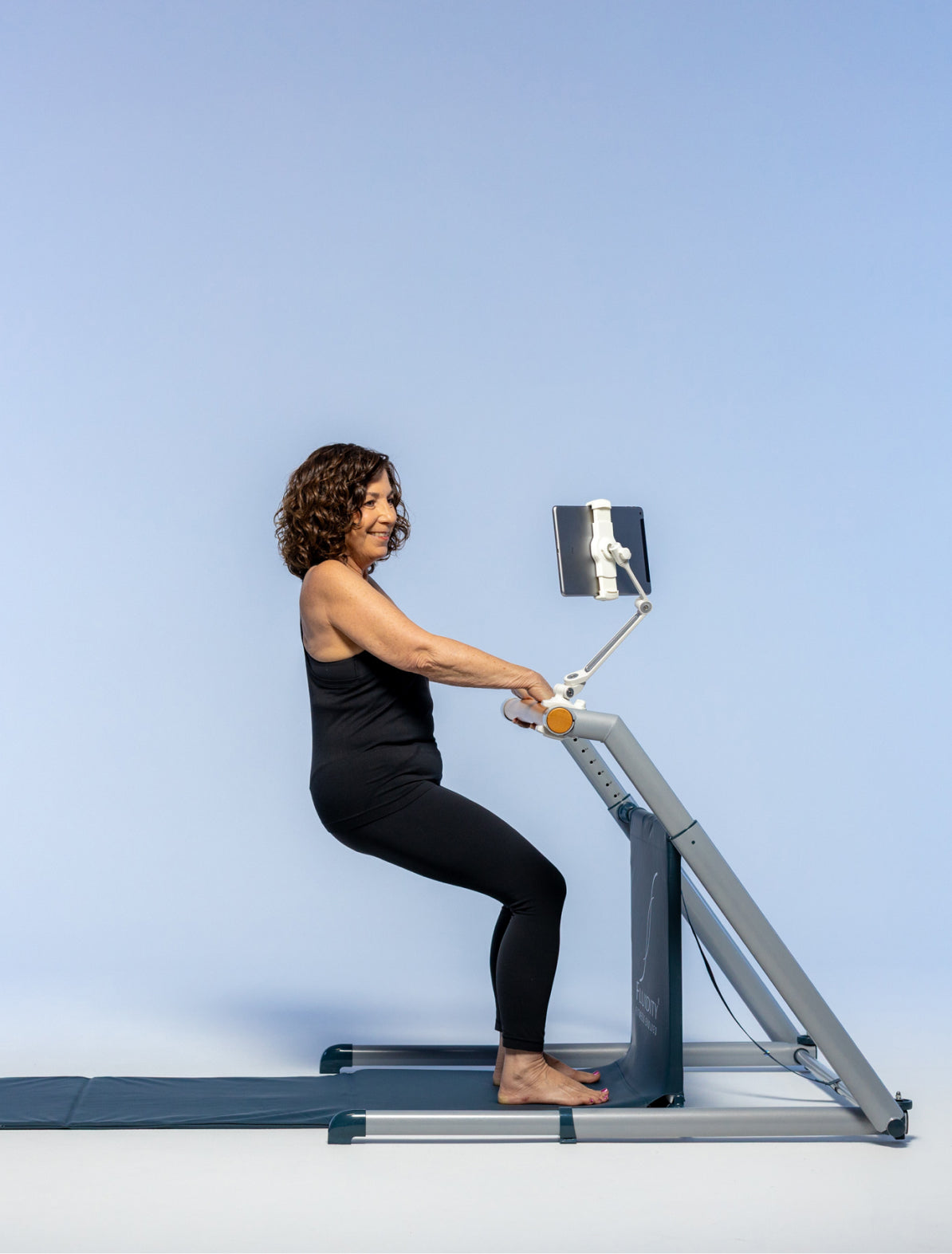
Standing with hands and feet engaged boosts sensory reception and sensorimotor connection, efficiently addressing dysfunction and poor compensation.
Enhancing Sensorimotor Integration with Fluidity Rx
In closed kinetic chain (CKC) movements, sensorimotor integration is key to coordinating and stabilizing multi-joint, multi-muscle actions. Examples like squats, plies, pull-ups, and push-ups on the Fluidity Rx Stability Device highlight this process.
Here’s how sensorimotor integration works in CKC movements:
Fluidity Rx Stability Devices and Balanced Choreography allow for CKC Movements enabling the body to self-correct, ensuring optimal function through this dynamic interplay.
Sensory Receptors in muscles, tendons, joints, and skin provide information on body position, movement, and external forces, crucial for balance and coordination.
The central nervous system (CNS) processes the sensory information and integrates it with motor commands. This integration allows the CNS to adjust muscle activity and joint positions to maintain stability and produce efficient movement.
Based on the processed sensory information, the CNS sends motor commands to the muscles involved in the CKC movement. These commands ensure that the muscles work together harmoniously to perform the movement while maintaining balance and stability.
During the movement, continuous sensory feedback is provided to the CNS, allowing for real-time adjustments to muscle activity and joint positions. This feedback loop helps maintain optimal movement patterns and prevent injury.

Enhance Spine and Pelvic Stability with Fluidity Rx

